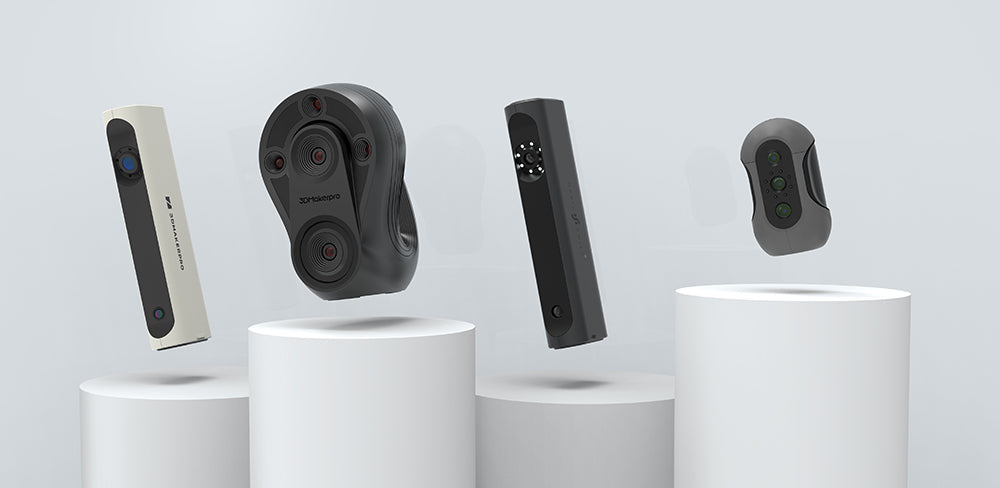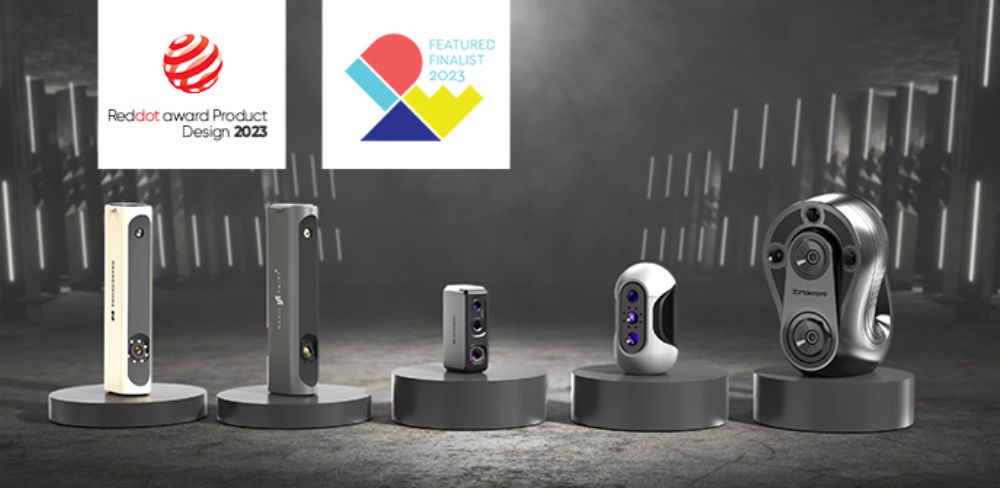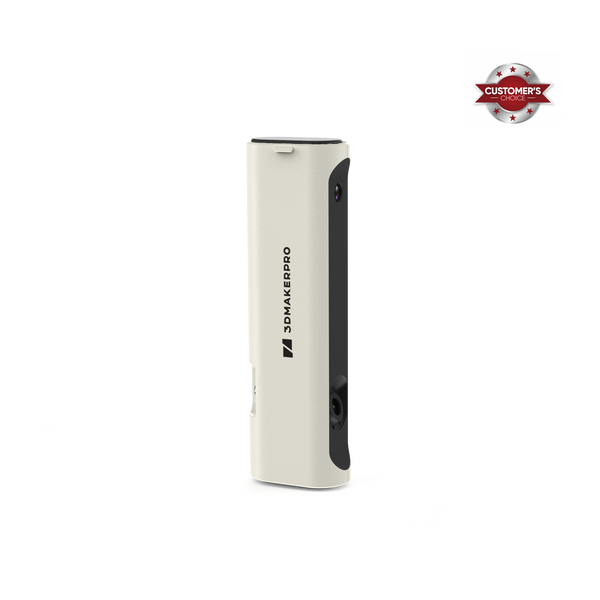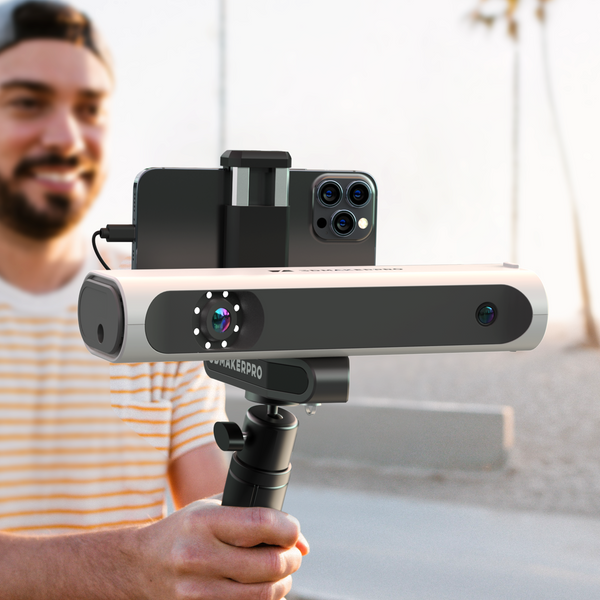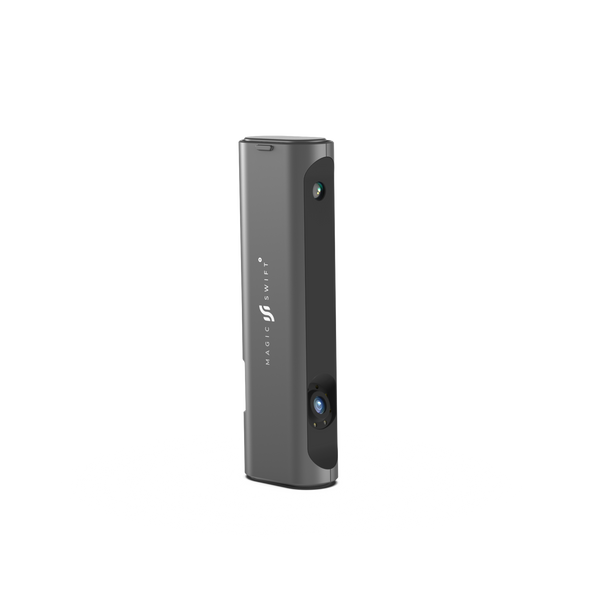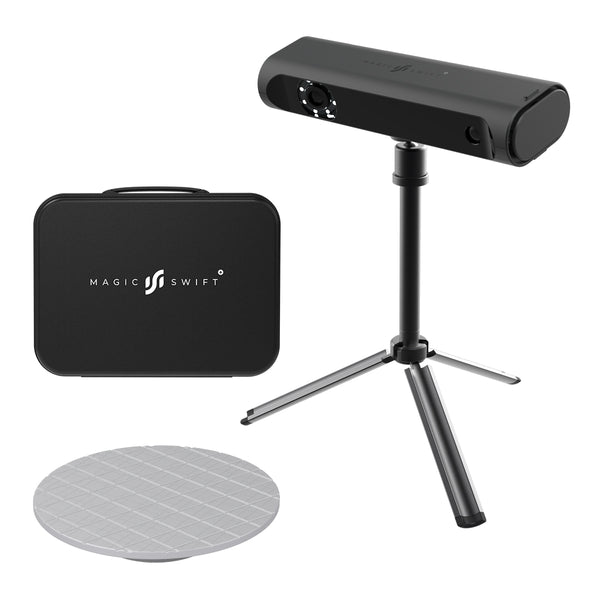If you are involved in 3D printing or 3D modeling, you may be interested in 3D scanning as a way to quickly and accurately capture physical objects and convert them into digital models. A 3D scanner is a device that uses various technologies to capture the geometry and texture of an object, producing a high-resolution 3D model. With so many options available, it can be challenging to choose the right 3D scanner for your project. We will discuss some important factors to consider when selecting a 3D scanner, with a focus on portable and handheld options.
Determine Your Project Requirements
Before selecting a 3D scanner, it's essential to define your project requirements. Consider the size of the objects you'll be scanning and whether you need a large or medium-format scanner. Large-format 3D scanners, such as Lynx 3D Scanner and Magic Swift Plus 3D Scanner are more versatile and can capture a broader range of objects, while medium or small-format scanners such as Mole 3D Scanner are better suited for capturing small, intricate objects. If you want them all, a dual-core Whale 3D Scanner is perfect for your demanding project needs.
Accuracy
Accuracy is a critical factor to consider when choosing a 3D scanner. The accuracy of a scanner is determined by its resolution and precision, which are affected by various factors such as the scanner's hardware, software, and environmental conditions. The resolution of a scanner refers to the minimum size of the detail it can capture, while precision refers to the scanner's ability to measure the distance between two points accurately.
Size and Portability
The size and portability of a 3D scanner are essential factors to consider, especially if you plan to use it in different locations or on the go. Portable and handheld scanners are designed to be lightweight and compact, making them easy to transport and use in various settings. Some models, such as the Lynx 3D Scanner and the Magic Swift Plus 3D Scanner, are particularly suitable for larger objects.
Software Compatibility
The software used to process and analyze the data captured by the scanner is just as important as the scanner itself. It is essential to ensure that the scanner is compatible with the software you plan to use for your project. Most 3D scanners come with their own proprietary software, but many also support third-party software options. For example, JMStudio by 3DMakerpro is compatible with both Computer and Mobile, Android and iOS, and it is compatible with all mainstream professional software applications and supports three standard output formats (STL\OBJ\PLY).
Consider the Scanner's Price
You may also consider your budget when selecting a 3D scanner. Portable 3D scanners can range in price from a few hundred dollars to several thousand dollars, depending on their features and capabilities. Consider the value that the scanner will bring to your project and balance it against the price to determine the best option for your needs.Choosing the right 3D scanner for your project requires careful consideration of various factors, including accuracy, size and portability, and software compatibility. Portable and handheld scanners offer the flexibility and convenience of on-the-go scanning, and using a turntable can provide more precise and efficient scanning for smaller objects. By taking the time to evaluate your needs and research your options, you can select the 3D scanner that best meets your project's requirements.


